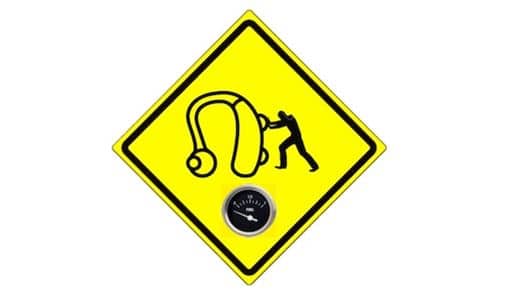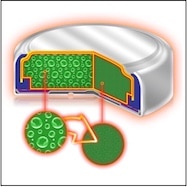Jan. 17, 2017
H. Christopher Schweitzer, Ph.D. Dr. Schweitzer is Director, HEAR4-U International and Technical Consultant for IMH Corporation. In a previous post, Dr. Schweitzer discussed accuracy and reliability of hearing threshold measurements, describing the inaccuracies and problems that exist with current methods. That hearing aids are fitted based on poor baseline information has led to the introduction of other tests and
















